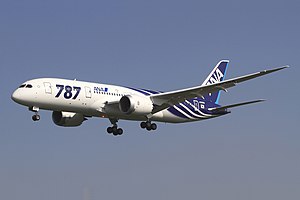• In mammals, there are two main types of stem cells: embryonic stem cells and adult stem cells.
Before we get started, we need to know more about potencies in cells.
1) Totipotency:
• Is the ability of a single cell to divide and produce all the differentiated cells in an organism.
• Totipotent cells include spores and zygotes which are the initial cells formed when two gamete cells are joined by means of sexual reproduction.
• Totipotent cells include spores and zygotes which are the initial cells formed when two gamete cells are joined by means of sexual reproduction.
2) Pluripotency
• Refers to a stem cell that has the potential to differentiate into any of the three germ layers:• Endoderm (interior stomach lining, gastrointestinal tract, the lungs)
• Mesoderm (muscle, bone, blood, urogenital)
•Ectoderm (epidermal tissues and nervous system).
3) Multipotency
• Have the potential to give rise to cells from multiple, but a limited number of lineages.• An example of a multipotent stem cell is a hematopoietic cell — a blood stem cell that can develop into several types of blood cells, but cannot develop into brain cells or other types of cells.
4) Other potencies
• They include ogliopotency and unipotency.• Ogliopotency refers to the ability of progenitor cells to differentiate into only a few cell types
• Unipotency refers to a cell that has the capacity to develop into only one type of tissue or cell type.
So now, let's get down to business. So, as I was saying, In mammals, there are two main types of stem cells: embryonic stem cells and adult stem cells.
Embryonic Stem Cells
• Embryonic stem cells are pluripotent stem cells• Derived from the inner cell mass of the blastocyst, an early-stage embryo.
• Embryonic stem cells are distinguished by two distinctive properties: their pluripotency and their ability to replicate indefinitely.
• They are able to differentiate into all derivatives of the three primary germ layers: ectoderm, endoderm, and mesoderm. These include each of the more than 220 cell types in the adult body.
• They are able to differentiate into all derivatives of the three primary germ layers: ectoderm, endoderm, and mesoderm. These include each of the more than 220 cell types in the adult body.
Adult Stem Cells
• Adult stem cells are mutlipotent• So they have limits to what cells they can develop into unlike the embryonic stem cells.
• However, there are pluripotent adult stem cells but they are rare and generally small in number
• But can be found in a number of tissues including umbilical cord blood. This is why parents are given the option of storing their babies’ umbilical cord blood, so if the babies develop cancer or other such diseases when they grow up, they can use these stem cells to save their child.
So, how can these stem cells be used for treatment of medical illnesses?
• A number of adult stem cell therapies already exist, particularly bone marrow transplants that are used to treat leukaemia.
• In the future, medical researchers anticipate being able to use technologies derived from stem cell research to treat a wider variety of diseases including cancer, Parkinson's disease, spinal cord injuries, amongst a number of other impairments and conditions.
So, lets end off with a cartoon.


































